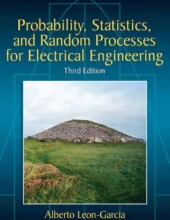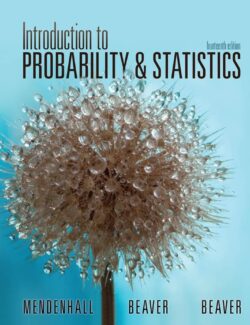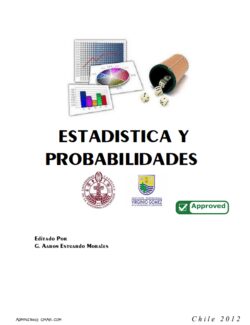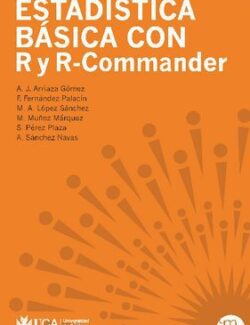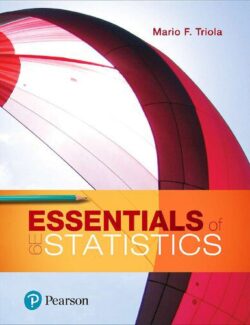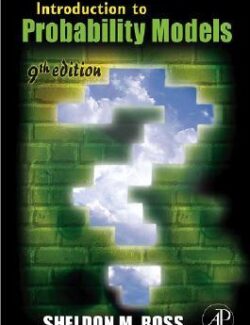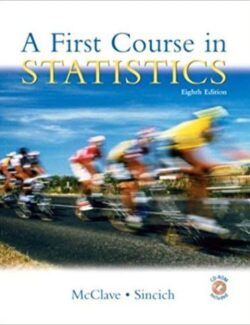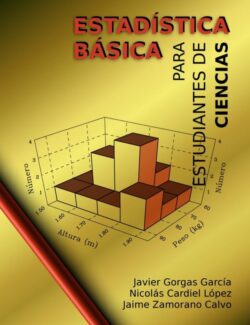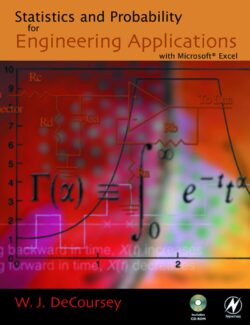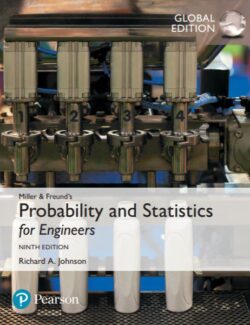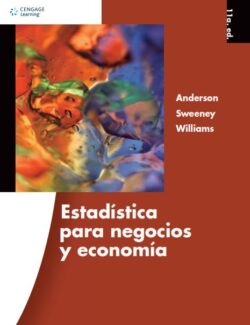Soluciones por Capítulo
- Section Mathematical Models as Tools in Analysis and Design
- Section Deterministic Models
- Section Probability Models
- Section A Detailed Example: A Packet Voice Transmission System
- Section Other Examples
- Section Overview of Book
Aún no hay ejercicios resueltos aquí.
- Section Specifying Random Experiments
- Section The Axioms of Probability
- Section Computing Probabilities Using Counting Methods
- Section Conditional Probability
- Section Independence of Events
- Section Sequential Experiments
- Section Synthesizing Randomness: Random Number Generators
- Section Fine Points: Event Classes
- Section Fine Points: Probabilities of Sequences of Events
- Section The Notion of a Random Variable
- Section Discrete Random Variables and Probability Mass Function
- Section Expected Value and Moments of Discrete Random Variable
- Section Conditional Probability Mass Function
- Section Important Discrete Random Variables
- Section Generation of Discrete Random Variables
- Section The Cumulative Distribution Function
- Section The Probability Density Function
- Section The Expected Value of X
- Section Important Continuous Random Variables
- Section Functions of a Random Variable
- Section The Markov and Chebyshev Inequalities
- Section Transform Methods
- Section Basic Reliability Calculations
- Section Computer Methods for Generating Random Variables
- Section Entropy
- Section Two Random Variables
- Section Pairs of Discrete Random Variables
- Section The Joint cdf of X and Y
- Section The Joint pdf of Two Continuous Random Variables
- Section Independence of Two Random Variables
- Section Joint Moments and Expected Values of a Function of Two Random Variables
- Section Conditional Probability and Conditional Expectation
- Section Functions of Two Random Variables
- Section Pairs of Jointly Gaussian Random Variables
- Section Generating Independent Gaussian Random Variables
- Section Vector Random Variables
- Section Functions of Several Random Variables
- Section Expected Values of Vector Random Variables
- Section Jointly Gaussian Random Vectors
- Section Estimation of Random Variables
- Section Generating Correlated Vector Random Variables
- Section Sums of Random Variables
- Section The Sample Mean and the Laws of Large Numbers
- Section The Central Limit Theorem
- Section Convergence of Sequences of Random Variables
- Section Long-Term Arrival Rates and Associated Averages
- Section Calculating Distribution’s Using the Discrete Fourier Transform
- Section Samples and Sampling Distributions
- Section Parameter Estimation
- Section Maximum Likelihood Estimation
- Section Confidence Intervals
- Section Hypothesis Testing
- Section Bayesian Decision Methods
- Section Testing the Fit of a Distribution to Data
- Section Definition of a Random Process
- Section Specifying a Random Process
- Section Discrete-Time Processes: Sum Process, Binomial Counting Process, and Random Walk
- Section Poisson and Associated Random Processes
- Section Gaussian Random Processes, Wiener Process and Brownian Motion
- Section Stationary Random Processes
- Section Continuity, Derivatives, and Integrals of Random Processes
- Section Time Averages of Random Processes and Ergodic Theorems
- Section Fourier Series and Karhunen-Loeve Expansion
- Section Generating Random Processes
- Section Power Spectral Density
- Section Response of Linear Systems to Random Signals
- Section Bandlimited Random Processes
- Section Optimum Linear Systems
- Section The Kalman Filter
- Section Estimating the Power Spectral Density
- Section Numerical Techniques for Processing Random Signals
- Section Markov Processes
- Section Discrete-Time Markov Chains
- Section Classes of States, Recurrence Properties, and Limiting Probabilities
- Section Continuous-Time Markov Chains
- Section Time-Reversed Markov Chains
- Section Numerical Techniques for Markov Chains
- Section The Elements of a Queueing System
- Section Little’s Formula
- Section The M/M/1 Queue
- Section Multi-Server Systems: M/M/c, M/M/c/c, And M/M/∞
- Section Finite-Source Queueing Systems
- Section M/G/1 Queueing Systems
- Section M/G/1 Analysis Using Embedded Markov Chains
- Section Burke’s Theorem: Departures From M/M/c Systems
- Section Networks of Queues: Jackson’s Theorem
- Section Simulation and Data Analysis of Queueing Systems
Acerca de
La comprensión profunda de la probabilidad, la estadística y los procesos aleatorios es un componente esencial en la formación del ingeniero eléctrico moderno. En un entorno cada vez más regido por señales digitales, comunicación inalámbrica, sistemas embebidos, redes de sensores, procesamiento de imágenes y control automático, la presencia de incertidumbre es inherente a los datos, las mediciones y los sistemas físicos. Afrontar este grado de complejidad requiere herramientas matemáticas robustas que permitan modelar, analizar y diseñar soluciones eficaces en presencia de variabilidad y ruido. La teoría de la probabilidad proporciona el marco formal para representar y razonar sobre la incertidumbre. Al introducir los conceptos de espacio muestral, eventos, axiomas de probabilidad, y reglas de combinación, se establece una base lógica que permite describir fenómenos aleatorios y predecir su comportamiento a través del cálculo de probabilidades. Este enfoque es fundamental para analizar errores en transmisiones, variaciones en componentes electrónicos, fluctuaciones en señales, o eventos discretos en redes de telecomunicaciones.
